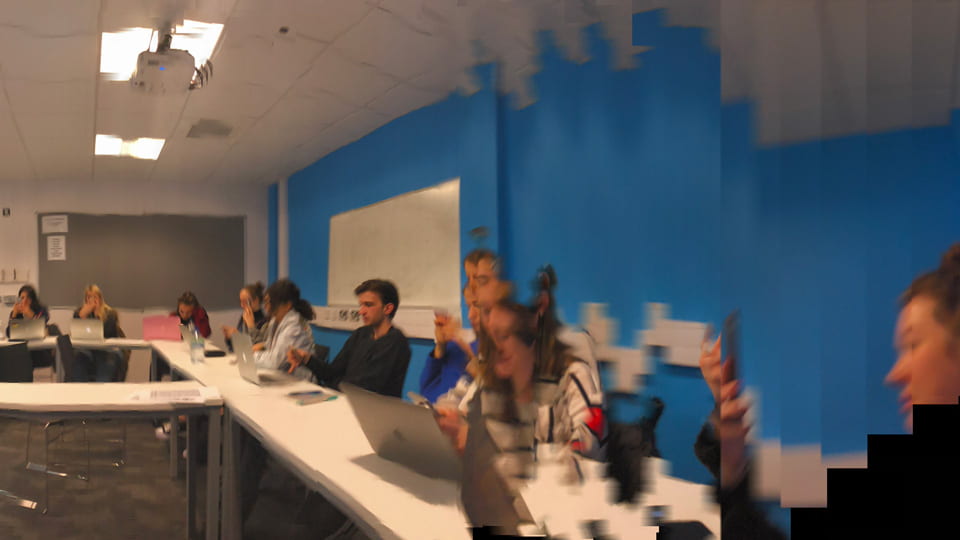Undergraduate student Ji Hoon writes about what it’s like to study BA Media and Communications at Goldsmiths.
My course is Media and Communications which is one of Goldsmiths’ famous courses. This course’s modules consist of half theory-based modules and half practice-based modules.
Theory-based modules are divided into lectures and seminars. For the first-year students, there are two or three lectures and seminars per semester. The process of those is the same as other universities which have lectures first with seminars after. Seminars are based on discussion with other students to develop essay plans or writing skills with lecturers. Especially, lecturers offer one-to-one sessions with all individual students. So students can book the sessions when they do not understand specific topics from lectures and want to discuss your final essays with tutors.
Media and Communication’s lectures are also really special because well-known scholars teach students, for example, Angela McRobbie and James Curran, some of the most famous scholars in media and feminism study areas. Taking those people’s lectures can be special and really important for everyone who wants to study media.
All students need to write final essays, but there are no exams on our courses. It means that final essays, which are normally between 1,500 and 2500 word counts in first year, are the only components to get grades from courses. But students do not need to worry too much since all lecturers friendly teach how to write a good essay especially in the first year, and if you do reading every week for lectures, you’ll have no problem to choose interesting topics for your essays.

An example of glitch photography taken by Ji Hoon on the Media Arts module
Now to change the topic to talk about practice-based modules. For the first year, students can choose five different practice media courses. Examples include animation, television, Illustration, radio, photography, interactive media, journalism and so on. There are many choices students can choose. In the first year, students learn one course over two weeks. In two weeks, professors teach us the basic knowledge of the subject and how to treat media. For instance, in the photography course, students can learn basic knowledge of cameras, such as how can camera capture objects using lights. Taking black and white photos and developing photos that student took the first week in dark rooms are also part of the photography course.
After doing all practice modules, students can choose two of them to study in depth during the second semester of the first year and first semester of the second year. So, students who want to work in media industries but do not know what exactly want to do can have the experience of learning many different media and find their own specialization for future careers. Thus, studying Media and Communications at Goldsmiths is a really good chance to learn many theories and many practical media together.